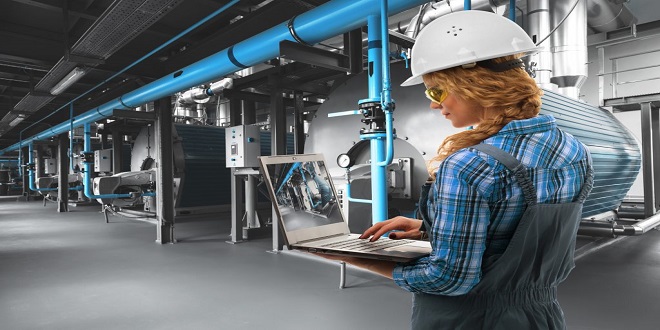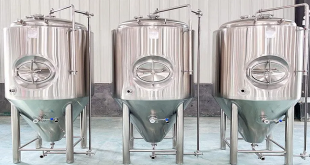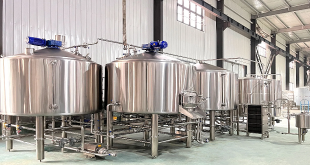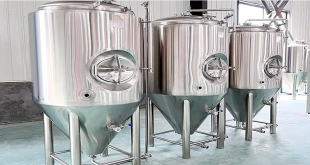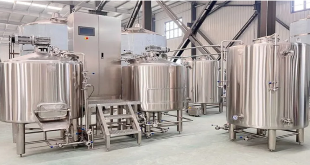Many automated plant control systems rely on programable logic controllers (PLCs) or direct digital controls (DDCs) to function as desired. Especially in the commercial market, building control systems utilize either DDCs or PLCs to control their HVAC systems’ output. Though both the systems are almost similar in the way they gather data from sensors to write outputs, there are a few differences in the way they perform.
What is programable logic controller?
Powered by a CPU and a system of microcontrollers and multiple logic gates, PLCs are hardware devices that automate machine functions or work as per pre-programmed actions like production lines. PLC contains a programmable memory wherein a sequence of instructions is stored.
Highly customizable and controllable, PLCs are widely used in Industry 4.0 and Internet of Things (IoT) applications across various sectors, including manufacturing, engineering, HVAC, oil and gas industries.
Data can be transferred with the help of standard messaging protocols; SQL when communicating with databases and MQTT when communicating with the cloud. PLCs are widely used in traffic control systems, lifts, burglar alarms, automatic parking systems, automatic tank filling systems, and home automation.
What is direct digital control?
The DDC is normally operated by a computer, which constantly monitors sensor information. The information is kept in an internal database. As control conditions change, they automatically generate corrective output commands.
DDCs have a quicker and more precise corrective output. For the same reason, DDCs are preferred in remote control monitoring systems.
What are the differences between PLCs and DDCs?
When compared to DDCs, PLCs offer an extended ‘mean time between failure’ (MTBF), making them ideal for 24 hours a day, 365 days a year or mission-critical operations. Moreover, the ruggedness of these devices makes them a better match for heavy industrial environments, such as manufacturing facilities. PLCs are also able to reduce downtime and human safety risks, lowering the total cost of ownership because of the reduction in unscheduled outages.
In contrast, DDC controls are more suited to automate facilities that are not mission-critical and have a shorter MTBF. DDC monitoring and control systems are well suited for monitoring and controlling non-critical processes in commercial environments such as office buildings, shopping malls, and light industries. It is not recommended to use DDCs in high-availability environments.
Unlike a PLC, DDC components cannot be swapped without first powering down the controller, which results in downtime. In addition, DDC systems do not offer open-source resources, despite their ability to integrate with many APIs.
It is possible to customize PLCs using open-source code based on actual needs and not manufacturing estimates. A higher level of customization and flexibility of PLCs increases overall building efficiency and allows for greater usability.
In comparison with DDC controls, PLCs perform activities more accurately, in less time, and with greater dependability. DDCs cannot provide the level of industrial hardening that is required in mission-critical environments that PLCs can. There are fewer safety features in DDCs. However, DDC-based systems are usually cheaper than PLCs.
Take a look at our high-quality programable logic controllers and other industrial computing devices at reasonable prices. In addition to mounting types, programming interfaces, programming languages, and network types, there are several other types available.
 Naasongstelugu.info World News, Live News, Trending News, Latest News, Popular News Website in India, Telugu News, Health News, Business News, Sports News, Entertainment News
Naasongstelugu.info World News, Live News, Trending News, Latest News, Popular News Website in India, Telugu News, Health News, Business News, Sports News, Entertainment News
